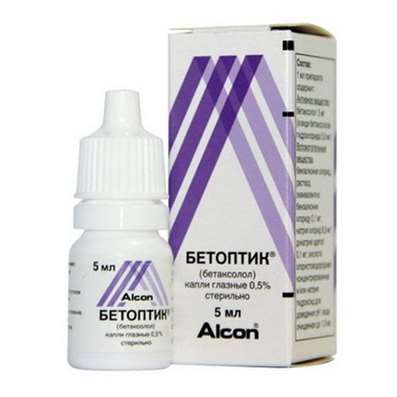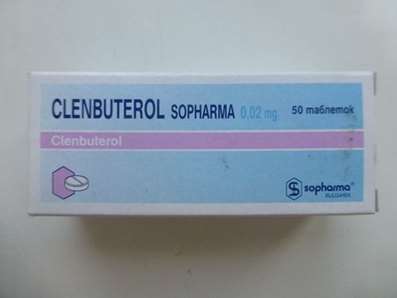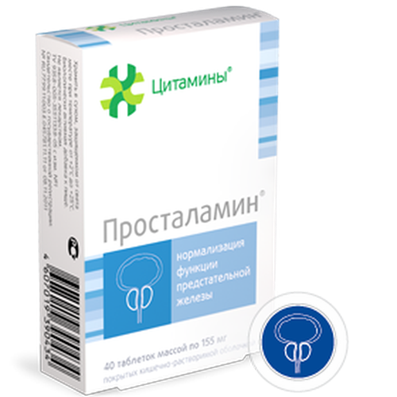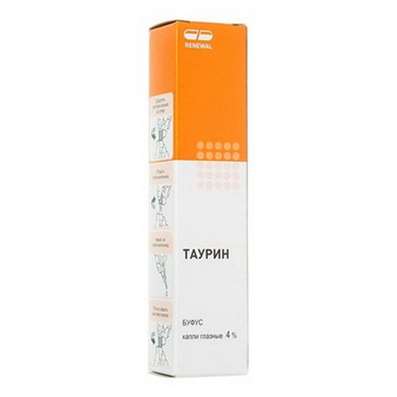Instruction for use: Protamine sulfate
I want this, give me price
Dosage form: Solution for intravenous administration; substance
Active substance: Protamini sulfas
ATX
V03AB14 Protamine sulfate
Pharmacological group:
Coagulants (including coagulation factors), hemostatics
The nosological classification (ICD-10)
R58 Bleeding, not elsewhere classified: Abdominal apoplexy; Hemorrhagia; Haemorrhage of the esophagus; Hemorrhage; Generalized bleeding; Diffuse bleeding; Diffuse bleeding; Prolonged bleeding; Blood loss; Blood loss during surgical interventions; Bleeding during surgery and in the postoperative period; Bleeding during labor; Bleeding and haemorrhage in hemophilia B; Bleeding from the gums; Bleeding intraoperative abdominal; Bleeding against a background of coumarin anticoagulants; Hepatic hepatitis; Bleeding in hemophilia A; Bleeding at hemophilia A; Bleeding with inhibitory forms of hemophilia A and B; Bleeding due to leukemia; Bleeding in patients with leukemia; Bleeding; Bleeding due to portal hypertension; Bleeding due to hyperfibrinolysis; Drug bleeding; Local bleeding; Local bleeding due to activation of fibrinolysis; Massive blood loss; Acute blood loss; Parenchymal hemorrhage; Hepatic bleeding; Postoperative hemorrhage; Kidney bleeding; Vascular-platelet hemostasis; Traumatic bleeding; Threatening bleeding; Chronic blood loss
T45.5 Antikoagulant poisoning: Overdose of heparin; Overdose of neodikumarina; Overdose of anticoagulants coumarinic and indanedione; Overdose of anticoagulants of indirect action; Overdose of indirect anticoagulants; An overdose of anticoagulants; Overdose of anticoagulants or fibrinolytics
T81.0 Bleeding and hematoma complicating the procedure, not elsewhere classified: Bleeding in the postoperative period; Bleeding during transfusion; Bleeding during operations on the brain; Bleeding during surgical interventions; Bleeding after colorectal interventions; Bleeding after prostatectomy; Bleeding during surgery and in the postoperative period; Bleeding due to surgery on the prostate and urinary tract
Z100 * CLASS XXII Surgical practice: Abdominal surgery; adenomectomy; Amputation; Coronary angioplasty; Angioplasty of the carotid arteries; Antiseptic skin treatment for wounds; Antiseptic Hand; Appendectomy; atherectomy; Balloon coronary angioplasty; Vaginal hysterectomy; The coronary bypass; Interventions in the vagina and cervix; Interventions on the bladder; Intervention in the mouth; Restoration and reconstructive surgery; Hand hygiene of medical personnel; Gynecologic surgery; Gynecological intervention; Gynecological surgery; Hypovolemic shock during operations; Disinfection of purulent wounds; Disinfection of wounds edges; Diagnostic intervention; Diagnostic procedures; Cervical Diathermocoagulation; Long-surgery; Replacing the fistula catheters; Infection in orthopedic surgery; Artificial heart valve; cystectomy; Short-term outpatient surgery; Short-term operation; Short surgical procedures; Krikotireotomiya; Blood loss during surgery; Bleeding during surgery and in the postoperative period; Kuldotsentez; laser photocoagulation; laser coagulation; retinal laser coagulation; Laparoscopy; Laparoscopy in Gynecology; CSF fistula; Small gynecological operations; Small surgical procedures; Mastectomy and subsequent plastic; mediastinotomy; Microsurgical operations on the ear; Mukogingivalnye operation; suturing; Minor surgery; neurosurgical operation; Immobilization of the eyeball in ophthalmic surgery; testectomy; pancreatectomy; Perikardektomiya; The period of rehabilitation after surgery; The period of convalescence after surgery; Percutaneous transluminal coronary angioplasty; Pleural thoracentesis; Pneumonia postoperative and posttraumatic; Preparation for surgical procedures; Preparation for surgery; Preparation of the surgeon's hands before surgery; Preparation of the colon for surgical procedures; Postoperative aspiration pneumonia in neurosurgical and thoracic surgery; Postoperative nausea; Postoperative bleeding; postoperative granuloma; postoperative shock; The early postoperative period; myocardial revascularization; Radiectomy; gastric Resection; bowel resection; uterine Resection; liver Resection; enterectomy; Resection of part of the stomach; Reocclusion of the operated vessel; Bonding tissues during surgical procedures; Removal of sutures; Condition after eye surgery; Condition after surgery; Condition after surgery in the nasal cavity; Condition after gastrectomy; Status after resection of the small intestine; Condition after tonsillectomy; Condition after removal of the duodenum; Condition after phlebectomy; Vascular surgery; Splenectomy; Sterilization of surgical instruments; Sterilization of surgical instruments; sternotomy; Dental surgery; Dental intervention in periodontal tissues; strumectomy; Tonsillectomy; Thoracic surgery; Thoracic surgery; total gastrectomy; Transdermal intravascular coronary angioplasty; Transurethral resection; Turbinektomiya; Removal of a tooth; cataract surgery; Removal of cysts; tonsillectomy; Removal of fibroids; Removing the mobile primary teeth; Removing polyps; Removing broken tooth; Removal of the uterus body; Removal of sutures; Fistula likvoroprovodyaschih ways; Frontoetmoidogaymorotomiya; Surgical infection; Surgical treatment of chronic limb ulcers; Surgery; The surgery in the anal area; The surgery on the colon; Surgical practice; The surgical procedure; Surgical interventions; Surgery on the gastrointestinal tract; Surgical procedures on the urinary tract; Surgical procedures on the urinary system; Surgical intervention of the genitourinary system; Surgical procedures on the heart; Surgical manipulation; surgery; Surgery on the veins; Surgical intervention; Vascular surgery; Surgical treatment of thrombosis; Surgery; cholecystectomy; Partial gastric resection; hysterectomy; Percutaneous transluminal coronary angioplasty; Percutaneous transluminal angioplasty; Coronary artery bypass; tooth Extirpation; Extirpation of milk teeth; pulpectomy; pulsative cardiopulmonary bypass; tooth Extraction; teeth Extraction; cataract extraction; Electrocoagulation; endourological intervention; episiotomy; Etmoidotomiya; Complications after tooth extraction
Composition and release form
Solution for intravenous administration 5 ml
Protamine sulfate 50 mg
In ampoules of 5 ml; In a pack of cardboard 5 ampoules.
Description of dosage form
Colorless transparent solution.
Characteristic
A specific antagonist of heparin, 1 mg of which neutralizes 80-120 units of heparin in the blood.
Pharmachologic effect
Mode of action - hemostatic.
Pharmacodynamics
The protamine-heparin complex formed IV administration can be destroyed with the release of heparin. After IV introduction, the effect occurs instantaneously and lasts for 2 hours.
Indications of the Protamine sulfate
Increased bleeding caused by an overdose of heparin; Before surgery in patients receiving heparin therapy; After surgery on the heart and blood vessels using extracorporeal circulation; Hypergeparinemia.
Contraindications
Hypersensitivity, idiopathic or congenital hypergeparinemia.
Application of pregnancy and breastfeeding
Perhaps, if the expected effect of therapy exceeds the potential risk to the fetus.
Side effects
Rapid intravenous administration can cause arterial hypotension, bradycardia, a feeling of heat and redness of the skin. Very rarely - hives and other hypersensitivity reactions.
Interaction
Incompatible with solutions of cephalosporins and penicillin (do not administer simultaneously). There is no data on the interaction with other drugs.
Dosing and Administration
In / in, slowly streaming or drip. The rate of administration is not more than 5 mg / min (for example: 50 mg is injected for 10 min. A faster injection can cause an anaphylactoid reaction. The dose depends on the method of administration of heparin:
- 1.With bolus injections of heparin, the dose of the drug decreases depending on the time elapsed from the administration of heparin. The latter is continuously removed from the body.
Table
The dose of protamine sulfate, depending on the time elapsed after the injection of heparin
| Time elapsed after heparin injection | The dose of protamine sulfate per 100 megaparin |
| 15-30 min | 1-1,5 mg |
| 30-60 min | 0,5-0,75 mg |
| Over 2 hours | 0,25-0,375 mg |
- 2. With IV injection of heparin, it is necessary to stop its infusion and introduce 25-30 mg of protamine sulfate.
- 3. With n / k injections of heparin, the dose of the drug is 1-1.5 mg for every 100 IU of heparin. The first 25-50 mg of protamine sulphate is administered iv slowly, and the remaining dose is dripped intravenously for 8-16 hours. Fractional administration of the drug under the control of activated partial thromboplastin time (APTT) is possible. For example, if 20000 IU of heparin is administered after 2 hours, resorption of heparin from complexes with protamine to 3333 IU of heparin takes place after 2 hours, and the next dose of protamine sulfate is 33 mg.
- 4. In case of using extracorporeal circulation during surgery, the dose is 1.5 mg for every 100 IU of heparin.
Precautionary measures
Possible manifestation of cross-sensitivity in diabetic patients receiving protamine-zinc insulin. Do not administer more than 150 mg of protamine sulfate for 1 hour.
In patients who took protamine-zinc insulin for the treatment of diabetes, anaphylactic reactions to protamine sulfate are possible.
Storage conditions of the drug Protamine sulfate
In the dark place at a temperature below 25 į C.
Keep out of the reach of children.
Shelf life of Protamine sulfate
3 years.
Do not use after the expiry date printed on the package.

 Cart
Cart





